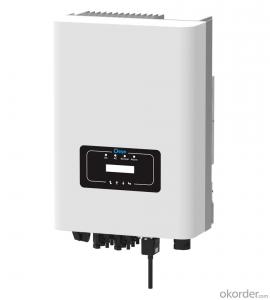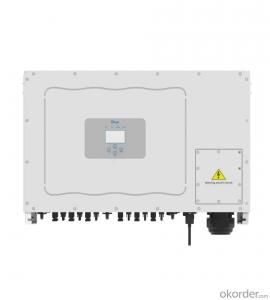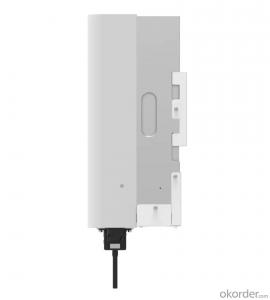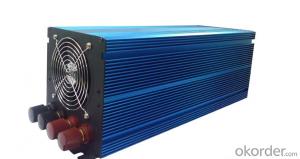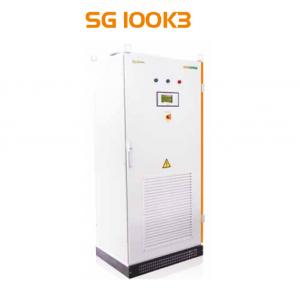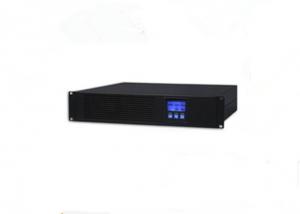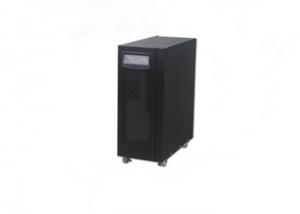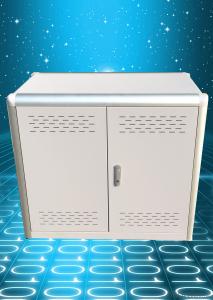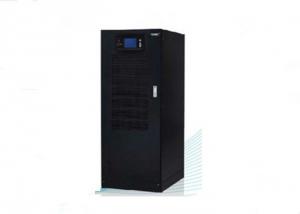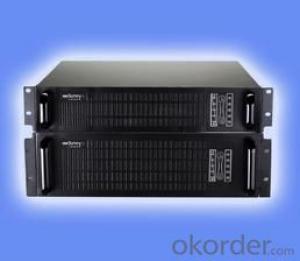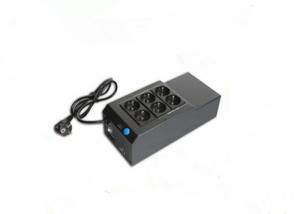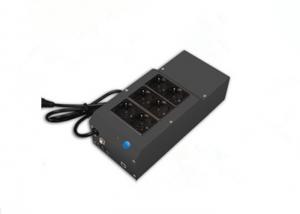Solarmax 18mt3 Solar Inverter
Solarmax 18mt3 Solar Inverter Related Searches
18kw Solar Inverter 1800 Watt Solar Inverter Powermax Solar Inverter 3 Kilowatt Solar Inverter Solar Max Inverter Pv1800 Solar Inverter 3 Mppt Solar Inverter Solar Inverter Pv1800 Solar 3 Phase Inverter Max Power Solar Inverter Max Solar Inverter 3 Phase Solar Power Inverter Solar Power 3 Phase Inverter 3 Phase Solar Inverter 3 Phase Solar Micro Inverter 3kw Solar Inverter 3 Phase Inverter Solar 3k Solar Inverter 3 Phase Solar Battery Inverter 3kw Inverter Solar 3 Phase Solar Pump Inverter 3kv Solar Inverter Solar Inverter Size 3-Phase Solar Inverter Solar Inverter 3 Kw 100kw Solar Inverter 3 Phase Hybrid Solar Inverter 3 Phase Solar Hybrid Inverter Solar Smart Inverter Solar 3000 Watt InverterSolarmax 18mt3 Solar Inverter Supplier & Manufacturer from China
Solarmax 18mt3 Solar Inverter is a high-performance solar energy conversion device designed to optimize the efficiency of solar power systems. This advanced inverter is equipped with cutting-edge technology, ensuring reliable and efficient power output for various applications. The Solarmax 18mt3 Solar Inverter is engineered to handle a wide range of solar panel configurations, making it an ideal choice for both residential and commercial solar power installations. Its compact design and user-friendly interface make it easy to integrate into existing or new solar power systems.The Solarmax 18mt3 Solar Inverter is widely used in a variety of settings, from small-scale residential rooftop installations to large-scale commercial and industrial solar power plants. Its versatility allows it to be employed in off-grid, grid-tied, and hybrid solar power systems, catering to the diverse energy needs of different users. The inverter's ability to manage high solar input and provide stable AC output makes it a popular choice among solar power enthusiasts and professionals alike. Its robust construction and advanced features ensure long-lasting performance and reliability, even in harsh environmental conditions.
Okorder.com is a leading wholesale supplier of the Solarmax 18mt3 Solar Inverter, offering a vast inventory to meet the growing demand for high-quality solar power conversion solutions. As a trusted distributor, Okorder.com ensures that customers have access to the latest models and technologies in the solar power industry. With a commitment to providing exceptional customer service and support, Okorder.com is the go-to source for those seeking to invest in reliable and efficient solar power solutions, such as the Solarmax 18mt3 Solar Inverter.
Hot Products


